Home>Furniture & Design>Interior Design Trends>What Is Satin Glass
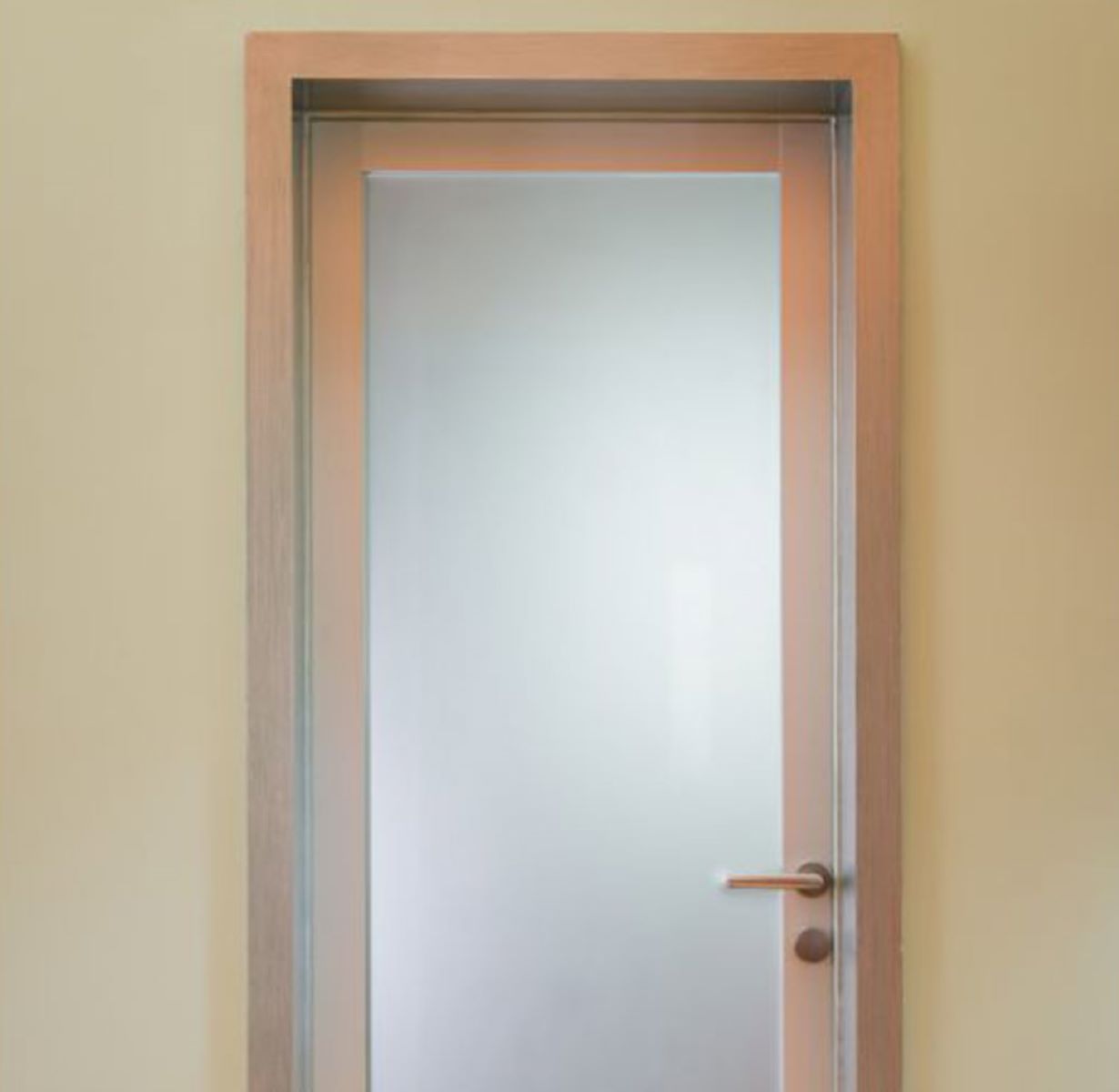

Interior Design Trends
What Is Satin Glass
Published: February 8, 2024
Discover the latest interior design trend with satin glass. Learn how satin glass can elevate your space and add a touch of elegance to your decor. Explore the versatility and beauty of satin glass for your interior design projects.
(Many of the links in this article redirect to a specific reviewed product. Your purchase of these products through affiliate links helps to generate commission for Storables.com, at no extra cost. Learn more)
Introduction
Satin glass, a versatile and elegant material, has gained popularity in the world of interior design and architecture. Its unique texture and translucent appearance make it a sought-after choice for various applications, from decorative accents to functional elements in both residential and commercial spaces. This article delves into the intricacies of satin glass, exploring its definition, history, manufacturing process, uses, and maintenance.
Satin glass, also known as acid-etched glass, possesses a distinct matte finish that diffuses light, creating a soft, ethereal glow. This characteristic sets it apart from traditional clear or frosted glass, adding a touch of sophistication to any environment. Whether used in doors, partitions, windows, or decorative panels, satin glass exudes a sense of understated luxury and modernity.
As we delve deeper into the world of satin glass, we will uncover the fascinating history behind this material, shedding light on its evolution and enduring appeal. Additionally, we will explore the intricate process of creating satin glass, from the initial treatment to the final product. Understanding the craftsmanship involved in its production adds a layer of appreciation for this exquisite material.
Furthermore, we will examine the diverse applications of satin glass in interior design, architecture, and decorative arts. From creating privacy without sacrificing natural light to adding a touch of elegance to furniture and lighting fixtures, satin glass offers a myriad of possibilities for enhancing spaces with its alluring aesthetic.
Moreover, we will provide insights into the proper maintenance and care of satin glass, ensuring its longevity and pristine appearance. By understanding the best practices for cleaning and preserving satin glass, individuals can continue to enjoy its beauty for years to come.
In essence, this comprehensive exploration of satin glass aims to provide a deeper understanding of this captivating material, offering inspiration and knowledge for incorporating it into various design projects. Whether you are a design enthusiast, architect, or homeowner, the allure of satin glass is undeniable, and its potential for elevating interiors is boundless.
Key Takeaways:
- Satin glass, also known as acid-etched glass, offers a delicate balance between privacy and luminosity, making it ideal for creating elegant partitions, doors, and windows in both residential and commercial spaces.
- The meticulous craftsmanship and timeless allure of satin glass, with its captivating luminosity and elegant matte finish, make it a cherished material in interior design, architecture, and decorative arts, enriching spaces with understated luxury and modern sophistication.
Read more: What Does Satin Pillowcase Do
Definition of Satin Glass
Satin glass, also referred to as acid-etched glass, is a type of decorative glass renowned for its distinctive matte appearance and soft, diffused translucency. This specialized glass undergoes a meticulous treatment process, resulting in a surface that is smooth to the touch while exuding an elegant, satin-like sheen. Unlike traditional clear glass, satin glass possesses a unique texture that gently scatters light, creating a subtle, ethereal ambiance within any space it adorns.
The enchanting allure of satin glass lies in its ability to strike a delicate balance between privacy and luminosity. While it allows ample natural light to permeate through, its matte finish diffuses the light, offering a sense of privacy without compromising brightness. This makes satin glass an ideal choice for applications where both aesthetics and functionality are paramount, such as interior partitions, doors, windows, and decorative panels.
Furthermore, the treatment process used to create satin glass involves the application of acid or other chemical compounds to the surface of the glass, resulting in a controlled etching that imparts the characteristic satin-like texture. This technique not only enhances the visual appeal of the glass but also imbues it with a tactile quality that adds depth and sophistication to any design scheme.
Satin glass is favored for its versatility, seamlessly complementing a wide range of interior styles, from contemporary and minimalist to classic and transitional. Its understated elegance and ability to create a sense of intimacy within a space make it a popular choice for both residential and commercial projects. Whether used as a feature element in modern architectural designs or as a subtle accent in traditional interiors, satin glass adds a touch of refinement and allure to any setting.
In summary, satin glass stands as a testament to the artistry and innovation within the realm of decorative glass, offering a captivating blend of visual appeal, functionality, and versatility. Its unique texture and luminous quality make it a compelling choice for those seeking to infuse their spaces with a touch of understated luxury and timeless sophistication.
History of Satin Glass
The history of satin glass is a testament to the enduring allure of this exquisite material, which has captivated artisans, designers, and enthusiasts for centuries. The origins of satin glass can be traced back to the early 19th century, a time marked by significant advancements in glassmaking techniques and decorative arts. During this period, artisans sought to explore innovative methods of transforming traditional glass into a medium that exuded elegance and sophistication.
The evolution of satin glass can be attributed to the ingenuity of glassmakers who experimented with various chemical treatments and etching processes to achieve a distinct matte finish. One of the pivotal developments in the history of satin glass occurred with the refinement of acid-etching techniques, which allowed artisans to create a velvety, translucent surface on glass, giving rise to the term "satin glass."
As the industrial revolution unfolded, satin glass gained prominence as a favored material for decorative objects, lighting fixtures, and architectural elements. Its ability to diffuse light and create a soft, ethereal glow made it a sought-after choice for enhancing interiors with a touch of understated luxury. The delicate balance between privacy and luminosity offered by satin glass further solidified its place in the realm of interior design, prompting its widespread adoption in both residential and commercial settings.
Throughout the 20th century, satin glass continued to evolve, adapting to changing design trends and technological advancements. Its timeless appeal transcended various design movements, from the art deco era to mid-century modernism, cementing its status as a versatile and enduring material cherished by designers and enthusiasts alike.
In contemporary times, satin glass remains a symbol of craftsmanship and artistry, with modern artisans and glassmakers continuing to explore innovative techniques to push the boundaries of its aesthetic potential. Its seamless integration into diverse design styles and its ability to evoke a sense of sophistication and intimacy have ensured that satin glass retains its relevance in the ever-evolving landscape of interior design and architectural innovation.
The rich history of satin glass serves as a testament to its enduring legacy, as it continues to inspire and enchant with its timeless allure and captivating luminosity.
How Satin Glass is Made
The creation of satin glass involves a meticulous process that transforms traditional glass into a material renowned for its distinctive matte appearance and soft, diffused translucency. This specialized treatment imbues the glass with a unique texture that gently scatters light, creating a subtle, ethereal ambiance within any space it adorns.
The journey of crafting satin glass begins with the selection of high-quality clear glass, chosen for its purity and clarity. This raw material serves as the foundation for the transformation that awaits. The glass is meticulously cleaned and prepared to ensure a pristine surface, free from any impurities that could affect the final result.
The next crucial step involves the application of acid or other chemical compounds to the surface of the glass. This process, known as acid etching, is carefully controlled to achieve the desired level of translucency and texture. The acid reacts with the glass, creating a velvety, matte finish that diffuses light in a captivating manner.
Artisans and glassmakers employ their expertise to precisely control the etching process, ensuring that the resulting satin glass exhibits a uniform texture and a smooth, tactile surface. This attention to detail is essential in achieving the desired aesthetic and tactile qualities that define satin glass.
Following the etching process, the glass undergoes thorough washing and neutralization to remove any residual acid and stabilize the surface. This meticulous treatment ensures that the satin glass is not only visually stunning but also safe to handle and incorporate into various design applications.
The final product of this intricate process is a piece of satin glass that embodies elegance, sophistication, and versatility. Its matte finish, soft to the touch, exudes a subtle sheen that adds a touch of refinement to any environment. Whether used in doors, partitions, windows, or decorative panels, satin glass stands as a testament to the artistry and innovation within the realm of decorative glass.
In essence, the creation of satin glass is a harmonious blend of craftsmanship, precision, and artistry, resulting in a material that continues to captivate and inspire with its timeless allure and captivating luminosity.
Satin glass is a type of decorative glass with a smooth, frosted surface. It is created by etching or sandblasting the glass to give it a soft, matte appearance. Satin glass is often used in windows, doors, and decorative items to provide privacy while still allowing light to pass through.
Uses of Satin Glass
Satin glass, with its alluring matte finish and soft, diffused translucency, finds a myriad of applications across the realms of interior design, architecture, and decorative arts. Its versatility and ability to strike a delicate balance between privacy and luminosity make it a favored choice for enhancing various spaces with a touch of understated luxury and modern sophistication.
In interior design, satin glass is often employed to create elegant partitions that delineate spaces while allowing light to permeate through. Its ability to maintain privacy without sacrificing natural light makes it an ideal material for dividing areas within homes, offices, and commercial establishments. Whether used in open-plan living spaces, conference rooms, or retail environments, satin glass adds a sense of intimacy and refinement while fostering an open and airy ambiance.
Doors and windows featuring satin glass panels exude a sense of timeless elegance, infusing interiors with a soft, ethereal glow. The matte finish of satin glass gently diffuses light, creating a captivating luminosity that enhances the visual appeal of any space. Whether incorporated into contemporary architectural designs or traditional settings, satin glass doors and windows add a touch of sophistication while maintaining a sense of privacy.
In decorative arts, satin glass serves as a canvas for artistic expression, lending itself to the creation of exquisite lighting fixtures, decorative panels, and furniture accents. The velvety texture and luminous quality of satin glass make it a captivating choice for designers and artisans seeking to imbue their creations with a touch of understated luxury. From pendant lights and wall sconces to ornate room dividers and tabletops, satin glass elevates decorative elements with its enchanting aesthetic.
Moreover, satin glass is often utilized in the design of bathroom enclosures and shower screens, offering a blend of functionality and elegance. Its ability to create a sense of privacy while allowing light to filter through makes it an ideal material for enhancing the ambiance of bathing spaces. The soft, diffused translucency of satin glass imparts a spa-like serenity, transforming bathrooms into tranquil retreats.
In summary, the uses of satin glass span a wide spectrum of design applications, from architectural elements to decorative accents, offering a seamless integration of sophistication, functionality, and timeless allure. Its ability to infuse spaces with a captivating luminosity and a sense of intimacy makes it a cherished material in the world of interior design and architectural innovation.
Maintenance and Care of Satin Glass
Proper maintenance and care are essential for preserving the pristine appearance and longevity of satin glass. By following a few simple guidelines, individuals can ensure that their satin glass elements retain their captivating luminosity and elegant matte finish for years to come.
Regular cleaning is paramount to uphold the allure of satin glass. Using a soft, lint-free cloth and a mild, non-abrasive glass cleaner, gently wipe the surface of the glass to remove dust, smudges, and any other residues. Avoid using harsh chemicals or abrasive materials that may compromise the delicate texture of the glass.
In areas prone to high humidity or moisture, such as bathrooms or spa facilities, it is advisable to wipe down satin glass surfaces regularly to prevent the buildup of water spots or soap residue. This simple practice helps maintain the translucency and sheen of the glass, ensuring that it continues to exude its captivating luminosity.
In the case of stubborn stains or residues, a solution of mild dish soap and warm water can be used to gently cleanse the satin glass surface. After cleaning, thorough drying with a clean, dry cloth is essential to prevent water spots and streaks, preserving the pristine appearance of the glass.
When handling satin glass elements, it is important to exercise care to avoid scratches or damage. Using soft, non-abrasive materials for cleaning and handling helps safeguard the smooth, tactile surface of the glass, ensuring that it remains free from blemishes and retains its elegant matte finish.
In addition to regular cleaning, periodic inspection of satin glass elements is recommended to identify any signs of wear or damage. Addressing minor issues promptly can prevent them from escalating and ensure that the glass maintains its captivating allure.
By adhering to these simple maintenance practices, individuals can safeguard the timeless elegance and captivating luminosity of satin glass, allowing it to continue enriching interior spaces with its understated luxury and modern sophistication.
Conclusion
In conclusion, satin glass stands as a testament to the artistry, innovation, and enduring appeal within the realm of decorative glass. Its distinctive matte finish, soft, diffused translucency, and ability to strike a delicate balance between privacy and luminosity have positioned it as a favored material in interior design, architecture, and decorative arts.
The journey of satin glass, from its historical origins to its modern-day applications, reflects the timeless allure and captivating luminosity that have captivated artisans, designers, and enthusiasts for centuries. The evolution of satin glass, marked by advancements in glassmaking techniques and decorative arts, underscores its enduring legacy as a versatile and enduring material cherished by designers and enthusiasts alike.
The meticulous process of creating satin glass, from the selection of high-quality clear glass to the precise application of acid etching, embodies a harmonious blend of craftsmanship, precision, and artistry. This process results in a material that continues to captivate and inspire with its timeless allure and captivating luminosity.
The uses of satin glass span a wide spectrum of design applications, from architectural elements to decorative accents, offering a seamless integration of sophistication, functionality, and timeless allure. Its ability to infuse spaces with a captivating luminosity and a sense of intimacy makes it a cherished material in the world of interior design and architectural innovation.
Furthermore, the proper maintenance and care of satin glass are essential for preserving its pristine appearance and longevity. By following simple guidelines, individuals can ensure that their satin glass elements retain their captivating luminosity and elegant matte finish for years to come, continuing to enrich interior spaces with their understated luxury and modern sophistication.
In essence, satin glass embodies a timeless elegance that transcends design trends and technological advancements, making it a compelling choice for those seeking to infuse their spaces with a touch of understated luxury and sophistication. Its enduring allure and captivating luminosity ensure that satin glass will continue to inspire and enchant, leaving an indelible mark on the world of interior design and architectural innovation.
Frequently Asked Questions about What Is Satin Glass
Was this page helpful?
At Storables.com, we guarantee accurate and reliable information. Our content, validated by Expert Board Contributors, is crafted following stringent Editorial Policies. We're committed to providing you with well-researched, expert-backed insights for all your informational needs.
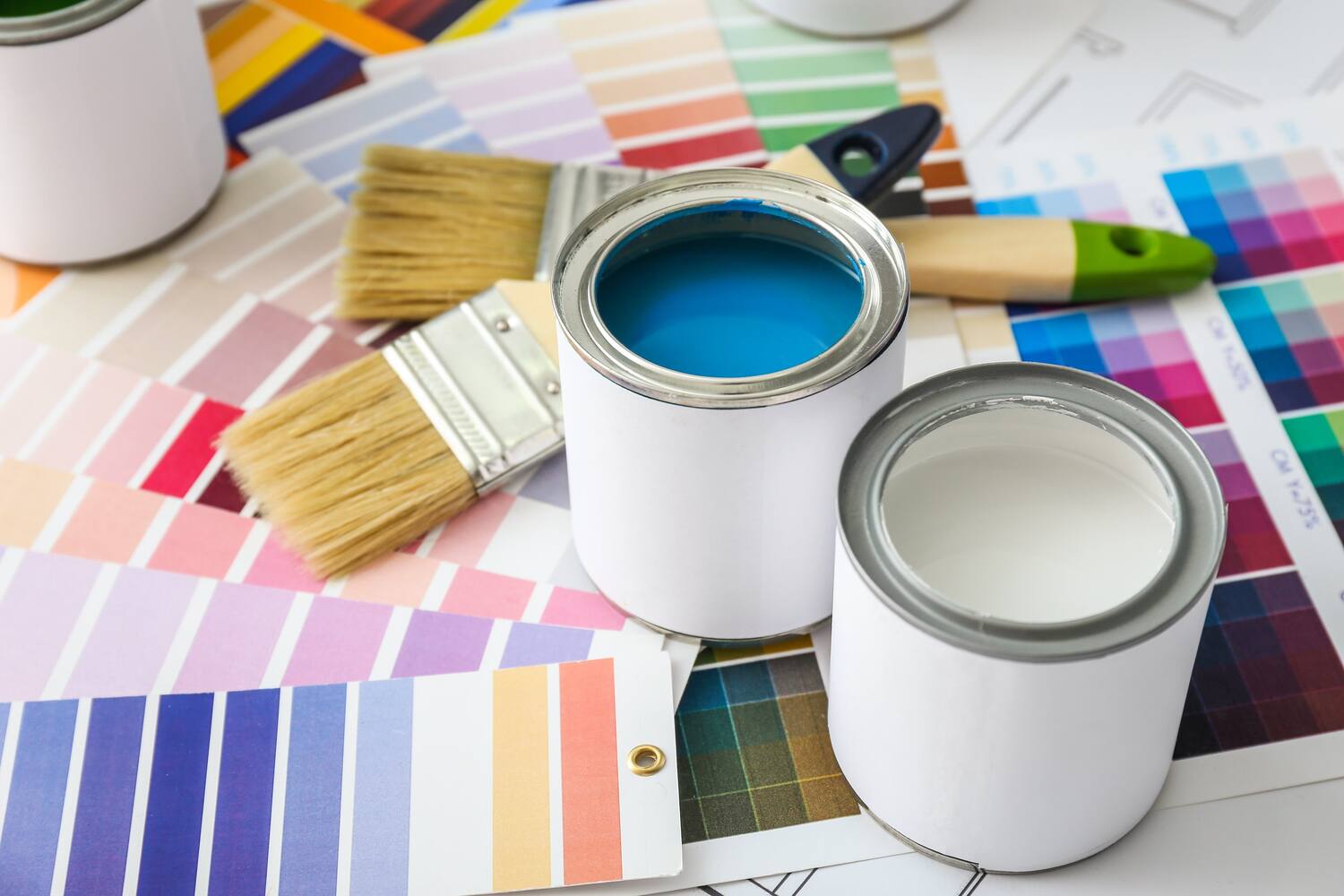
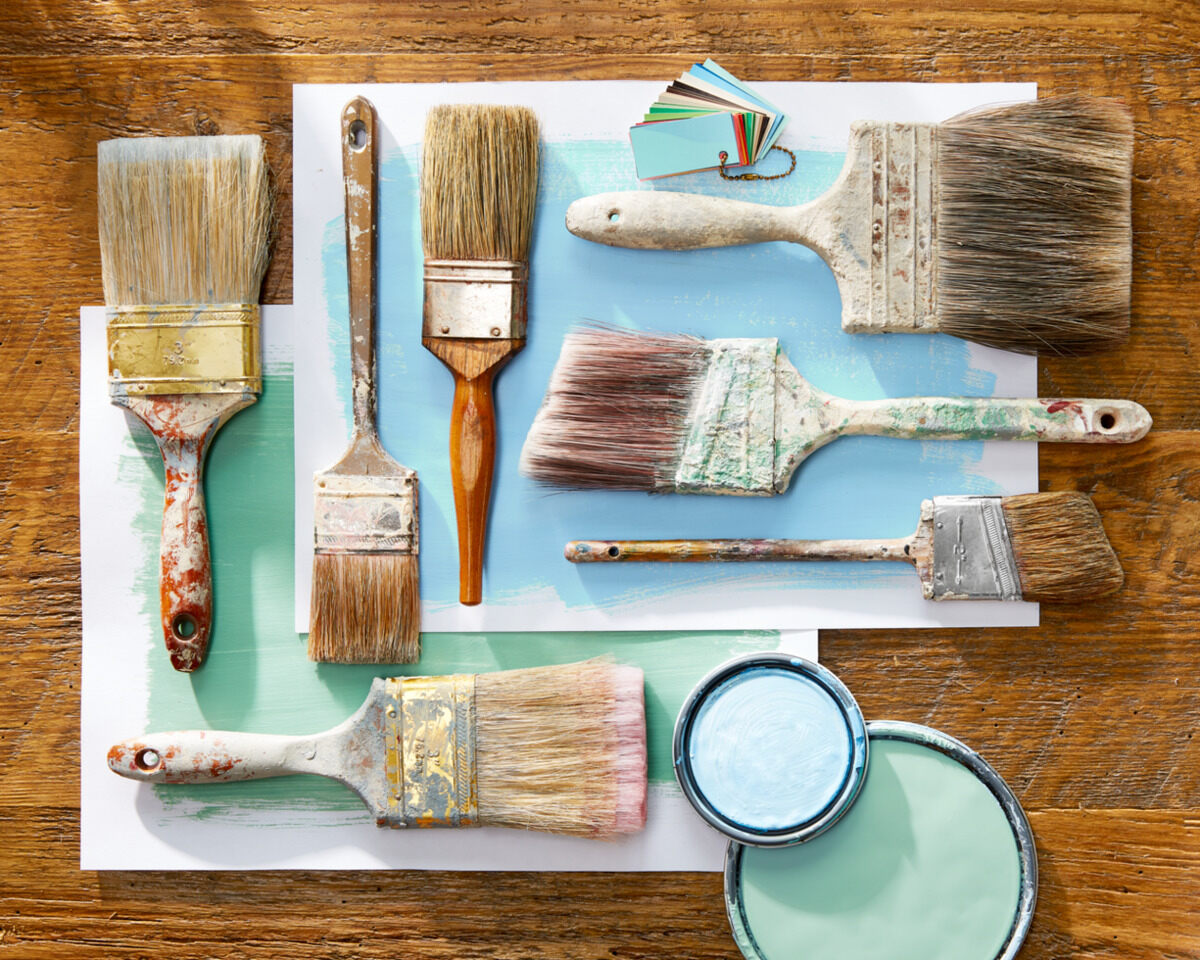
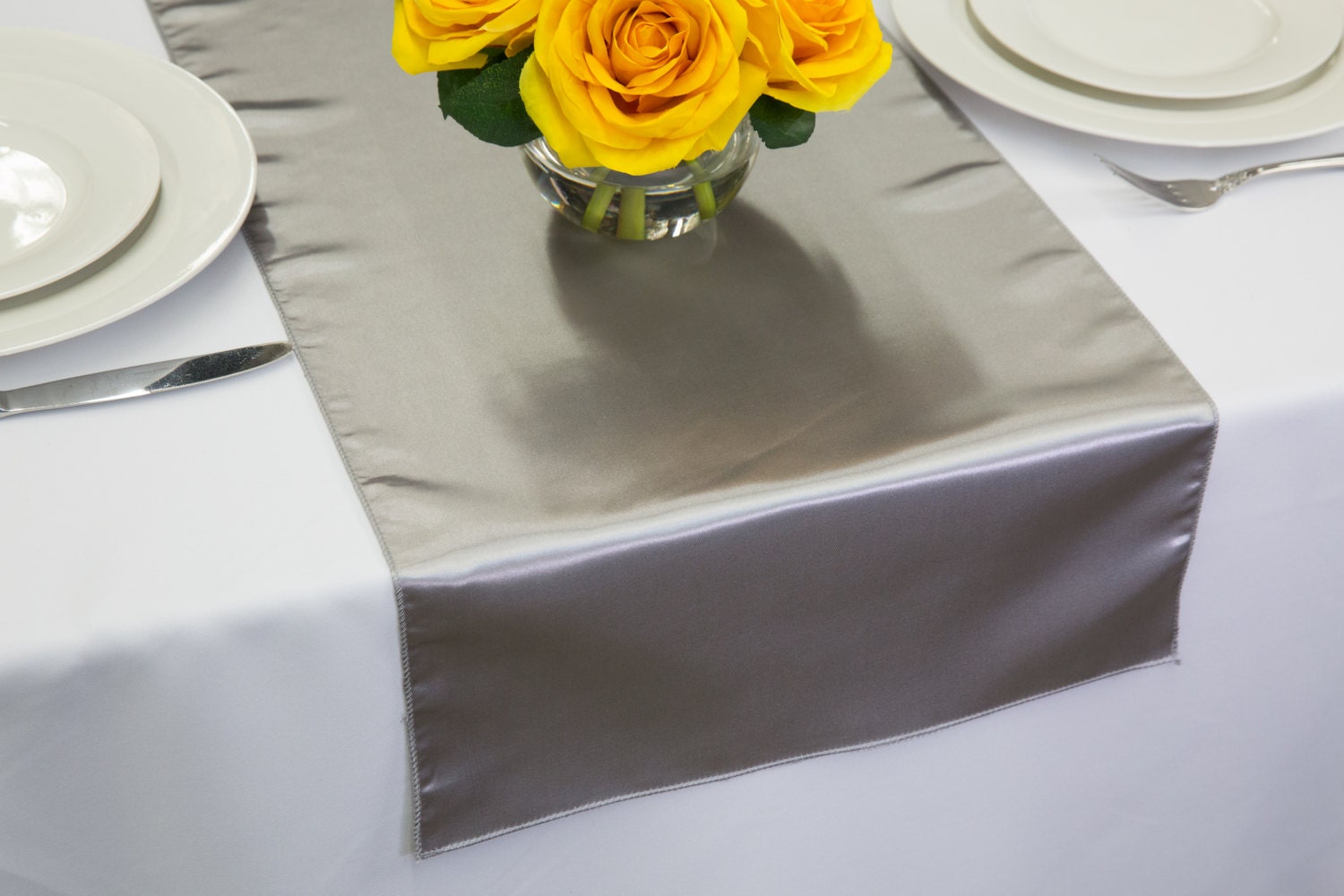
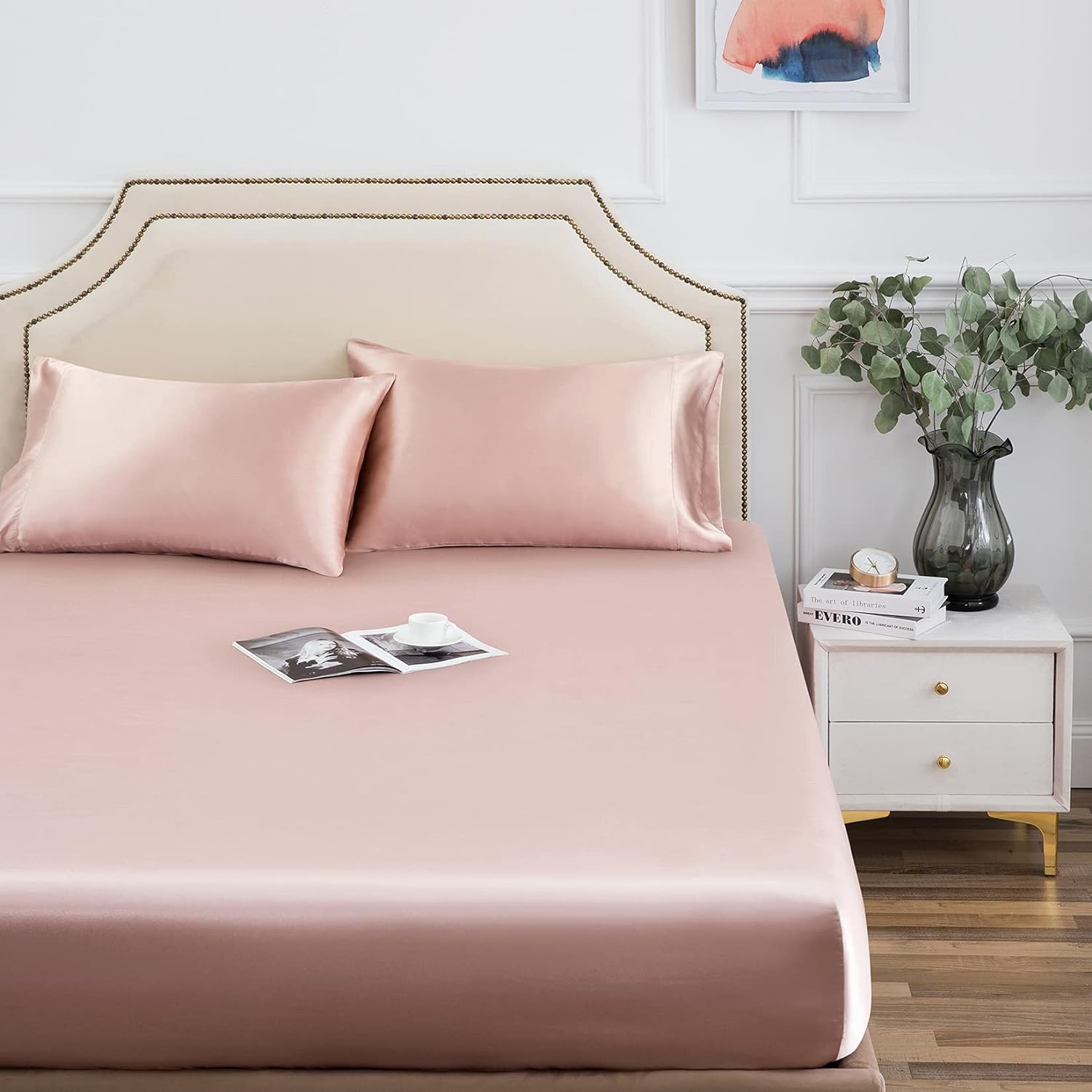
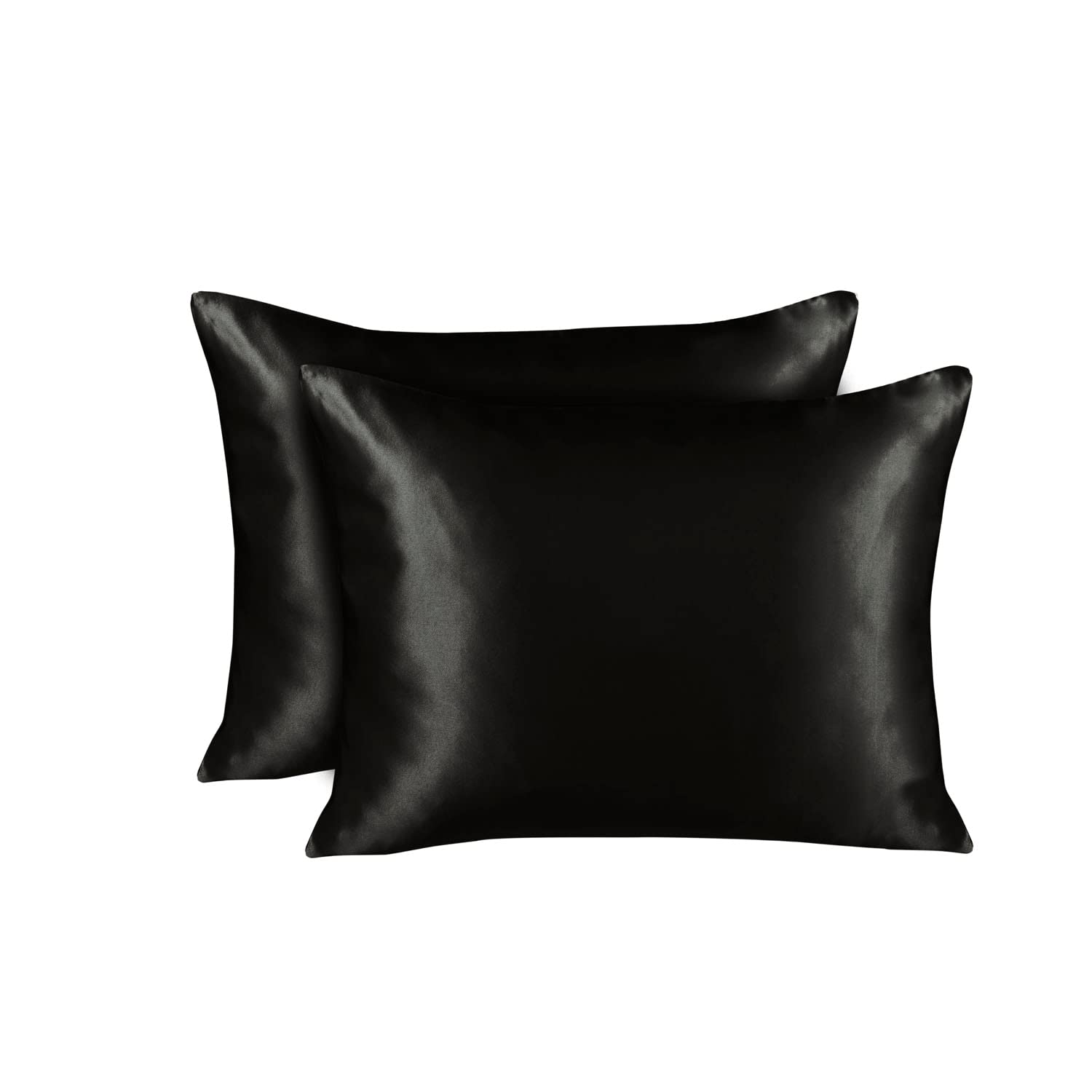
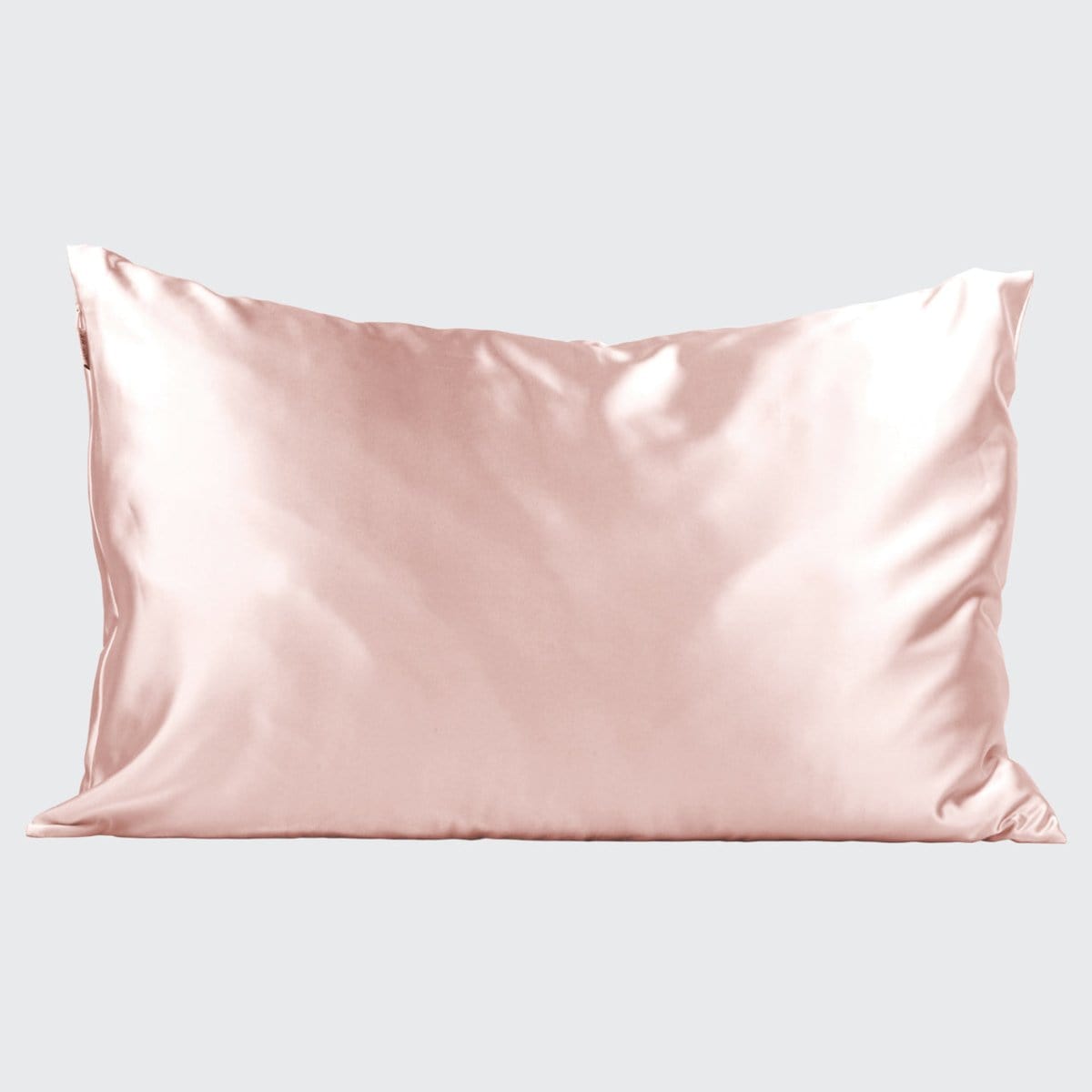
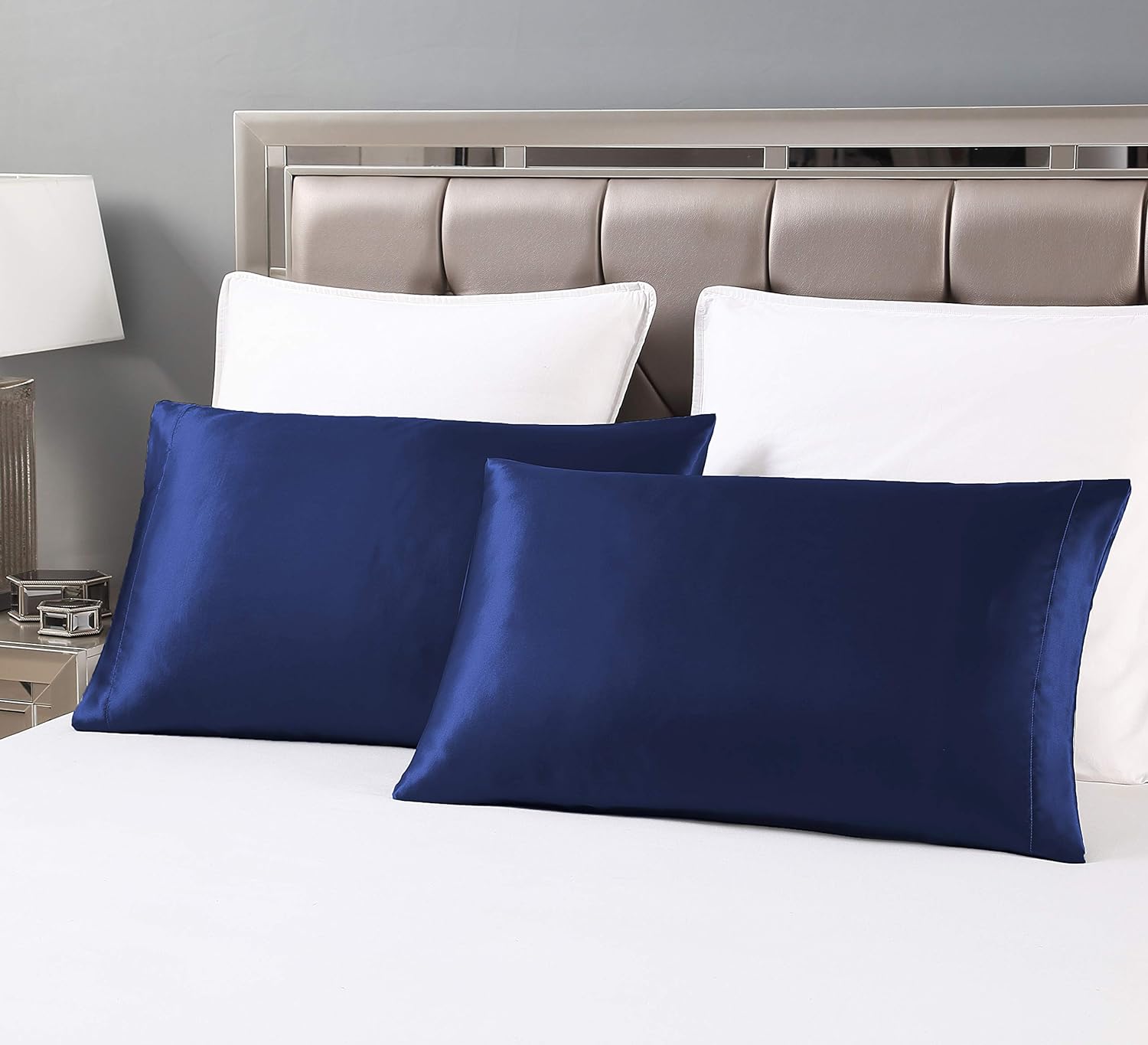
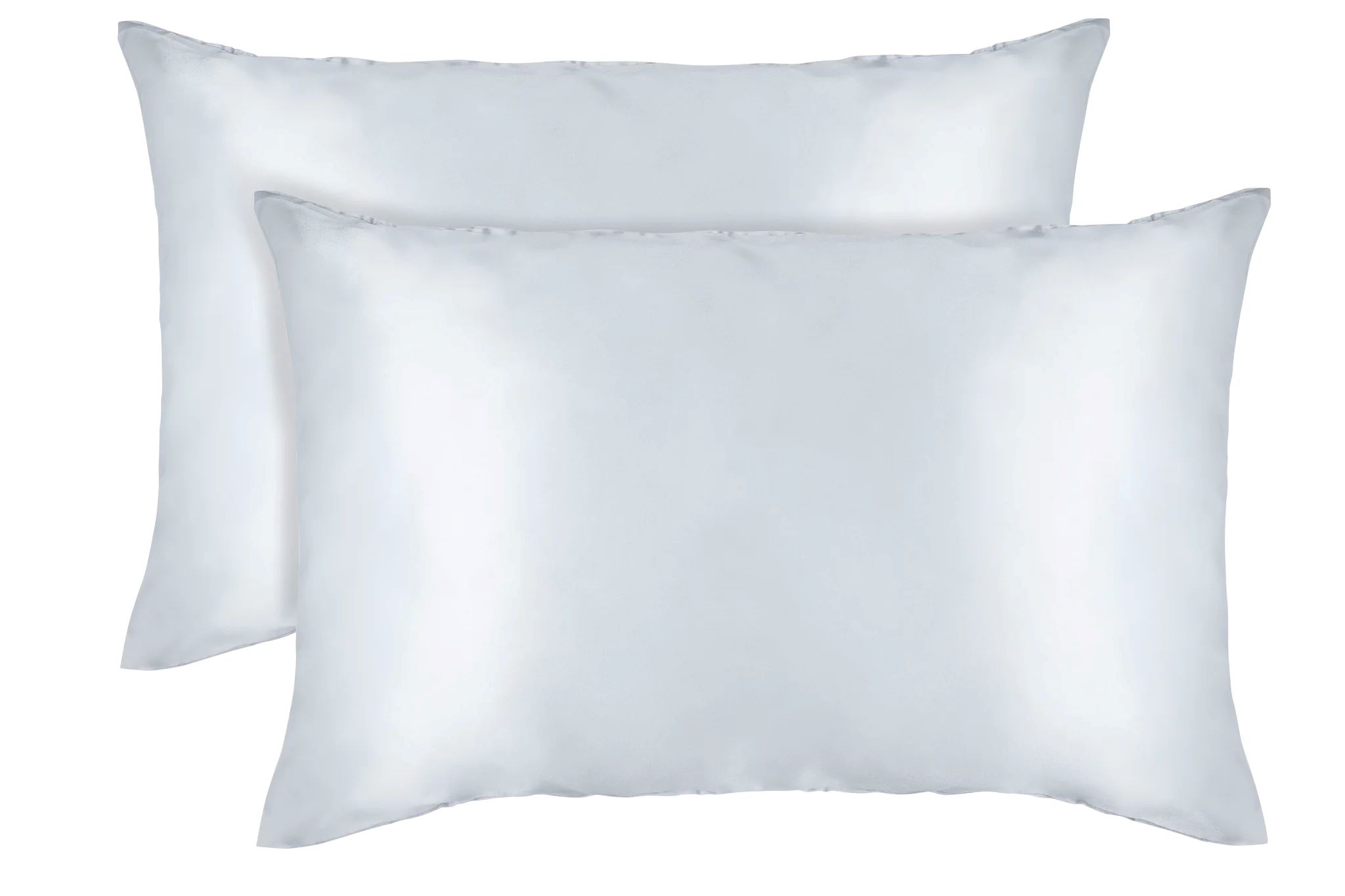
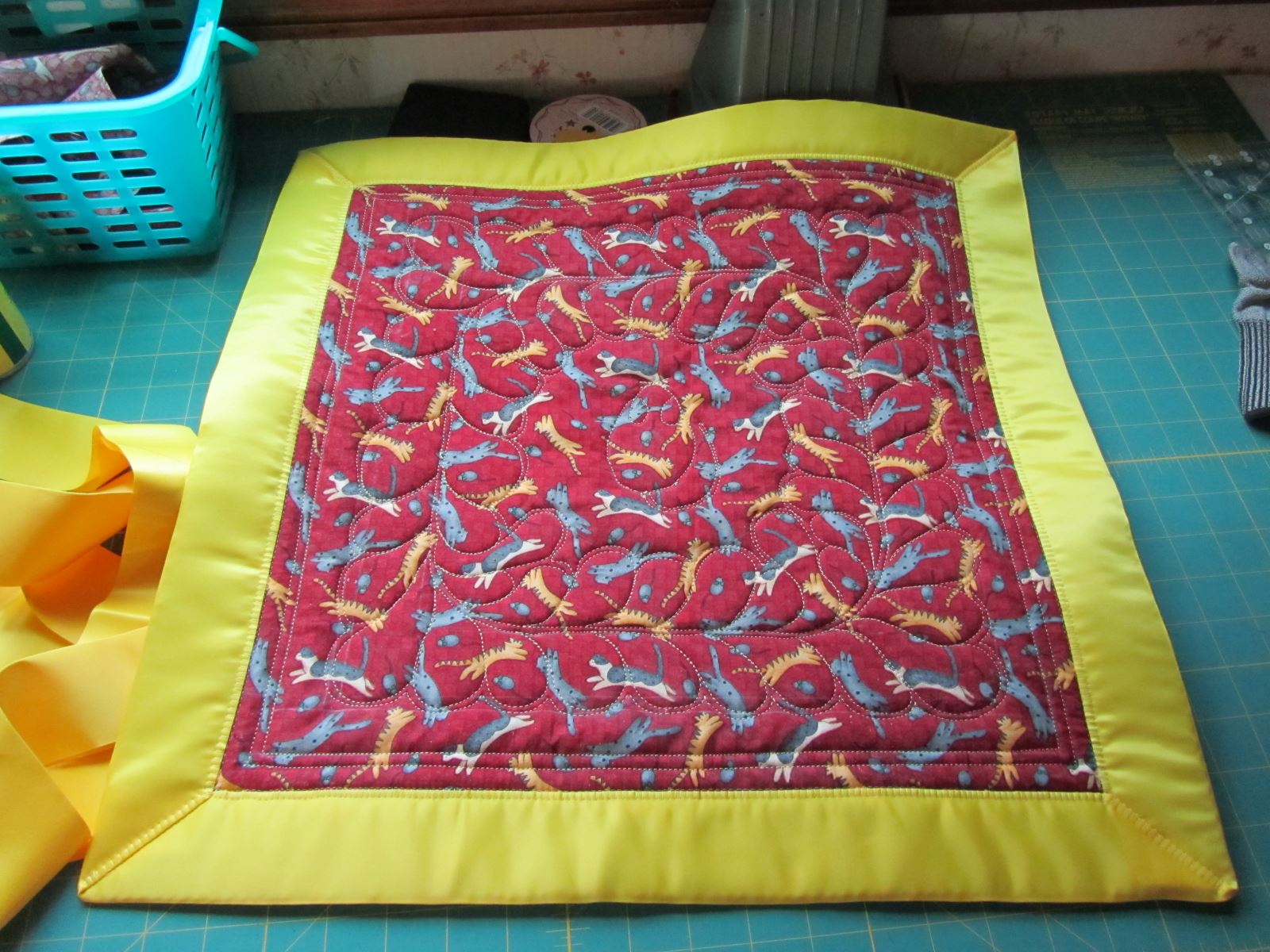
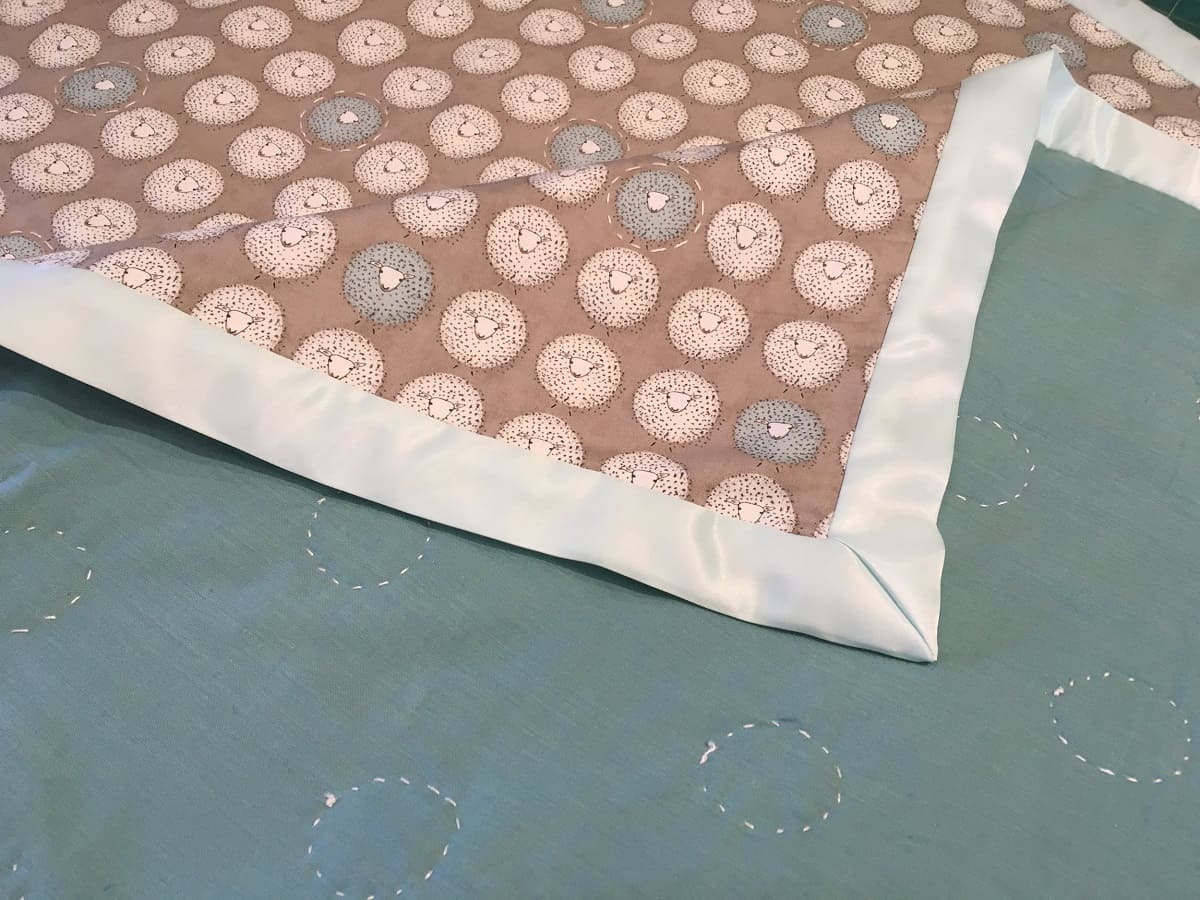



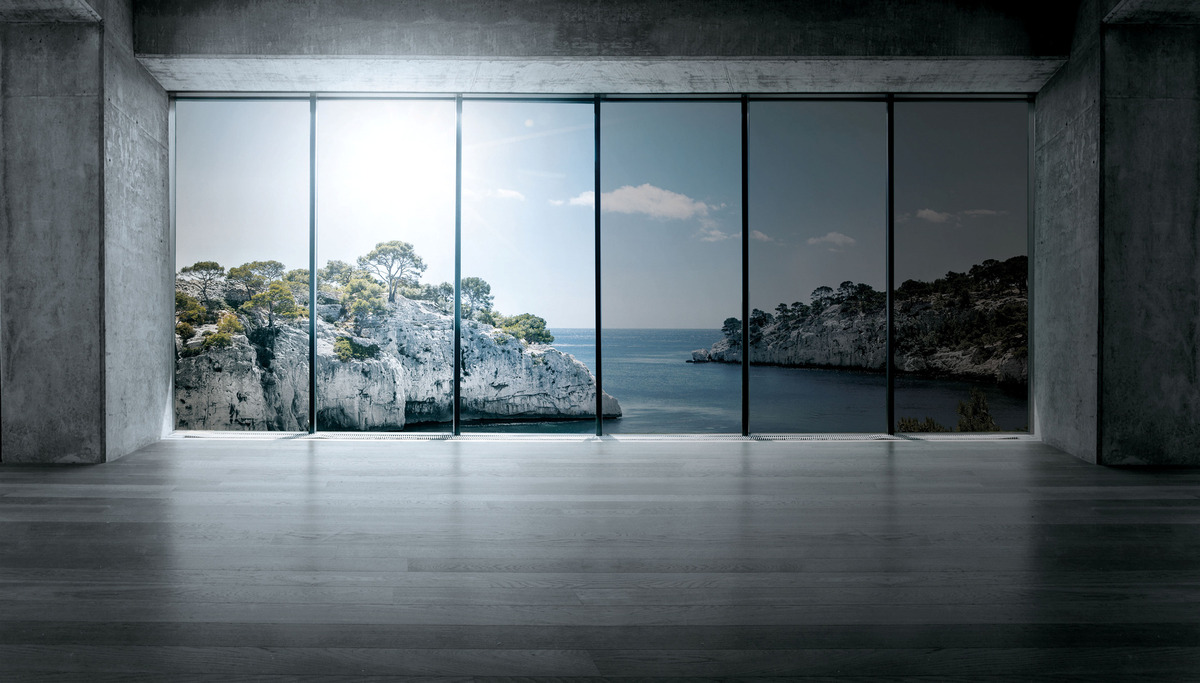

0 thoughts on “What Is Satin Glass”